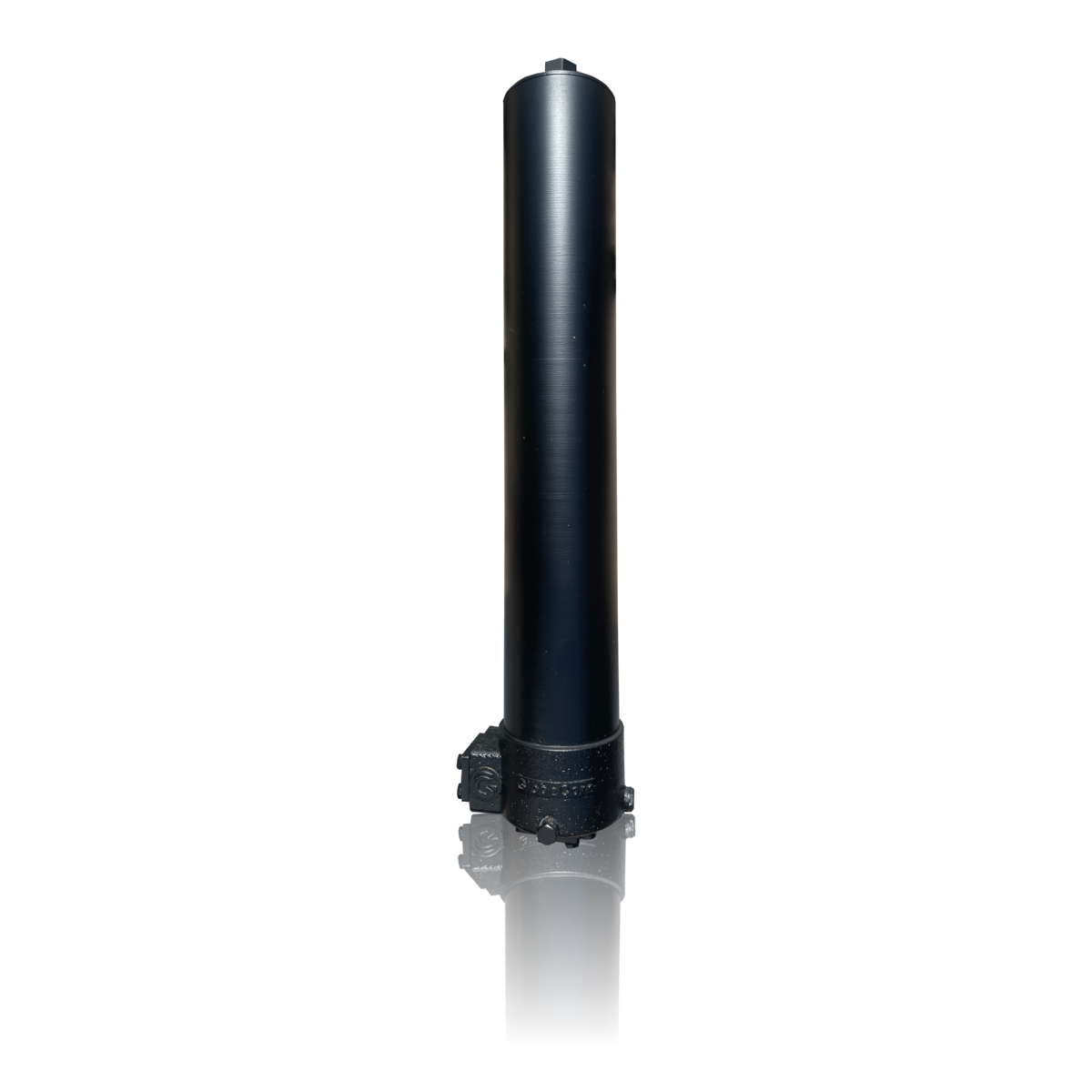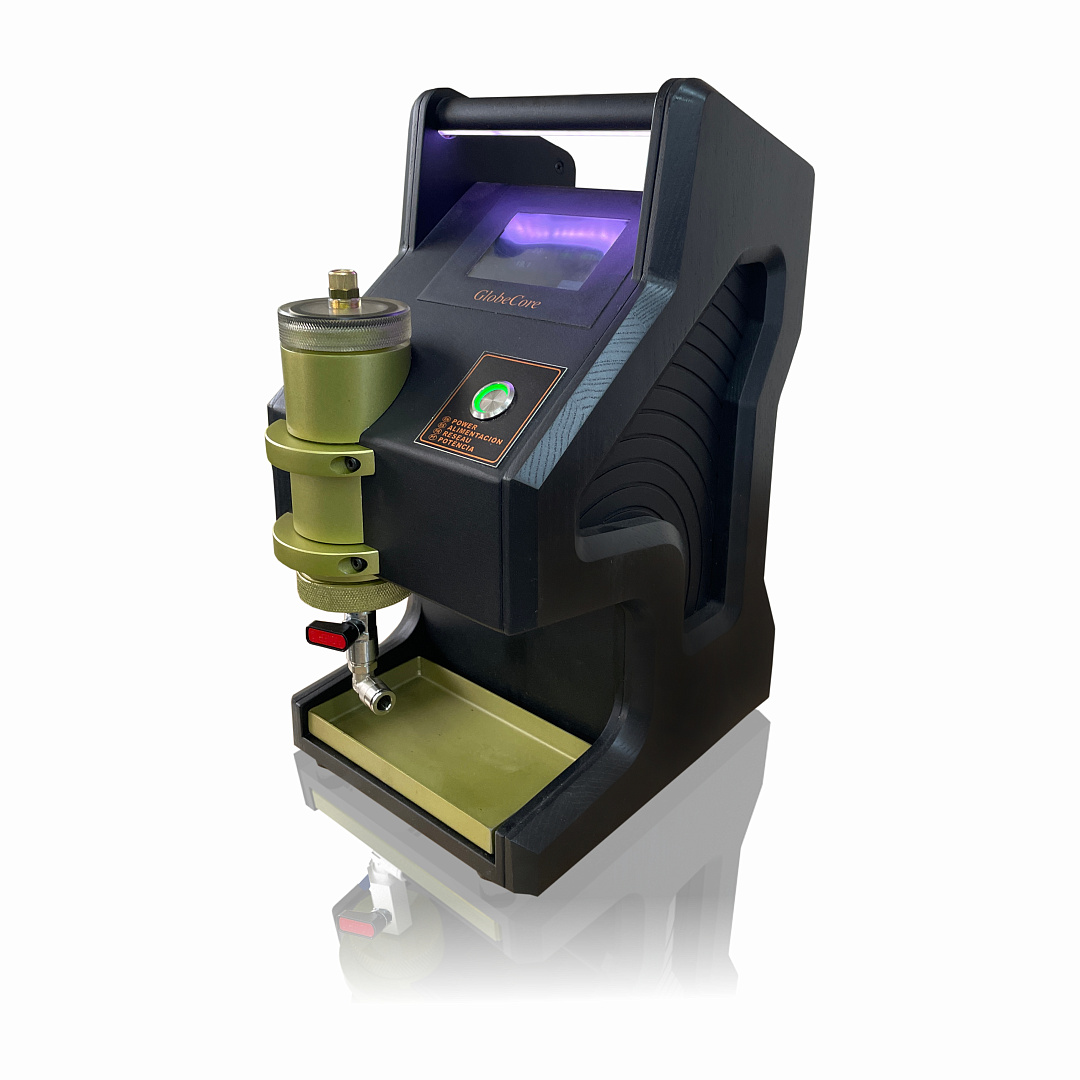How do Diesel Purifier Systems integrate with existing fuel infrastructure?
- This topic has 1 reply, 2 voices, and was last updated 1 year, 2 months ago by .
Answers
-
October 5, 2024 at 2:32 am by Sonia Patel
Diesel Purifier Systems integrate with existing fuel infrastructure by seamlessly connecting to fuel supply lines and storage tanks to purify diesel on-site. Modular Design allows purifiers to be easily added to current systems without significant alterations, ensuring compatibility with existing fuel handling and distribution setups. Flexible Installation Options such as inline purifiers or batch purification systems enable customization based on the specific requirements of the infrastructure. Standardized Fittings and Connections facilitate easy integration, reducing installation time and ensuring secure, leak-free connections. Automated Control Systems allow purifiers to communicate with existing fuel management systems, enabling real-time monitoring and adjustments to purification processes. Scalable Capacity ensures that purifiers can handle the volume and flow rate of the existing fuel system, maintaining consistent fuel quality without causing bottlenecks. Additionally, Energy Integration ensures that purifiers operate efficiently within the current power setup, minimizing additional energy requirements. Maintenance Access is considered in the design, allowing for easy access to purification components without disrupting the existing infrastructure. By addressing these factors, Diesel Purifier Systems can be effectively integrated into existing fuel infrastructures, enhancing fuel quality and protecting engine health without compromising operational continuity.



